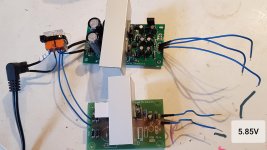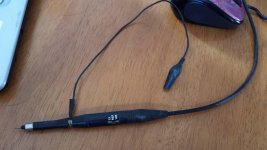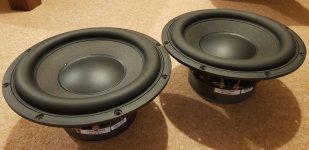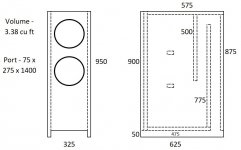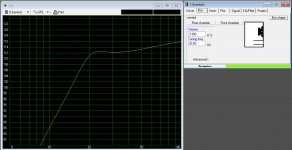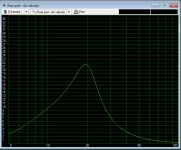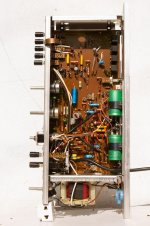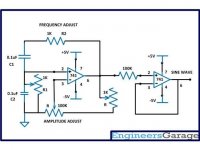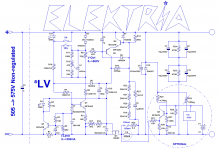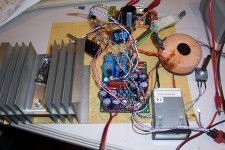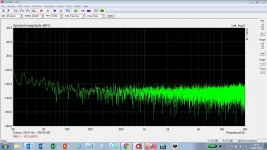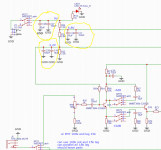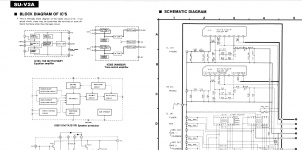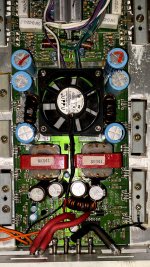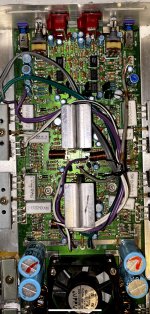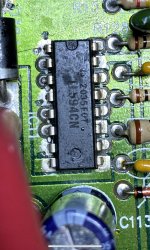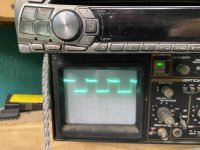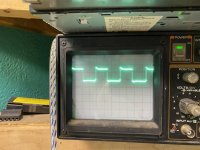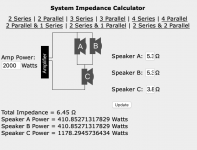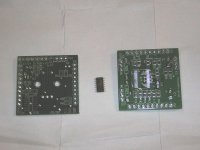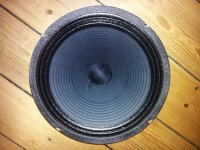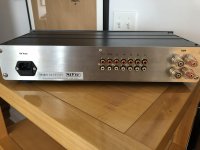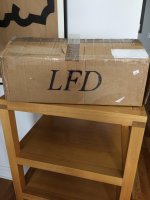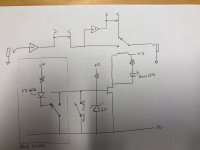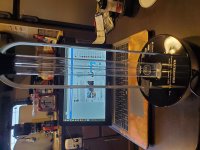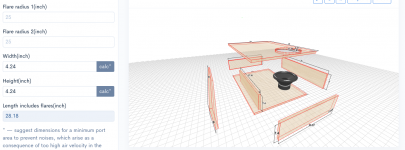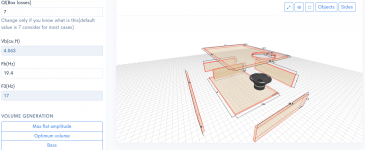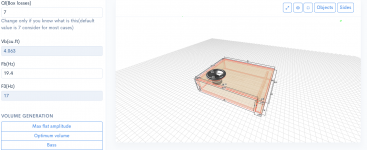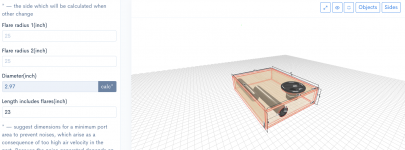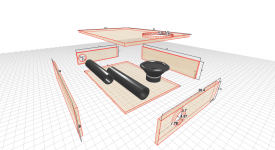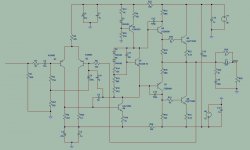Hi all,
I have two Peerless 830452 drivers which I’m planning to put into a single slot ported enclosure. Picture of both drivers attached. I know I should be building two separate units to smooth out room modes but my partner would not accept this.
I know these drivers are best suited for either sealed enclosures or enclosures with passive radiators, but I’m going ported. One of the reasons passive radiators are desired to compliment this driver, is due to sealed configuration not achieving good LFE due to steep roll off, and the ported configuration requiring very long and large csa ports to achieve good LFE without excessive port noise. Size is not an issue for me, I am only limiting myself by attempting to use a single 1220x2440 (4ft x 8ft) MDF panel. So, I’m going with a 3.38 cubic foot enclosure, tuned to 20.6Hz with a slot port 11 x 3 x 55” long (27.5cm x 7.5cm x 140cm long), which limits port velocity to 21.5m/s @19.5Hz (≈6% SoS @ 343m/s) with 350W on each driver. This slot port has a csa equivalent to a single 6.5” diameter round port, which sounds very reasonable for two 10” drivers. Note: Peerless quote the XLS driver at 150Wrms, however, it’s well known these drivers can handle more, with majority of users running these at double their quoted rated power handling. 350W per driver pushes excursion to 13mm at ≈28Hz, peerless quote the xmax @12.5mm and I’ve seen reports the Xmech is around 20mm so no issues. Cabinet will be 1” MDF all round, with double thickness front baffle. I’ll round over the edges, and will attempt to paint for best finish I can possibly do (fair at best).
My current system consists of a digital source into a Denon AVR-1907 AV amp, currently powering two floor standing speakers in stereo.
Due to budget limitations, I have two options –
1. Buy a minidsp 2x4 HD and configure two AO in stereo for the existing floor standers, and two AO in mono for the subwoofer drivers, and feed all four as analogues into the AV amp (Front L, Front R, Surround L, Surround R) providing 120W per channel. Note: The Denon av amp has 7 analogue ins, which can be used where the audio is decoded outboard in a DVD player for example and 7 analogues come into the amp from the player. Using the amp and minidsp in this manner, I’ll have a better low pass filter, and will be able to configure a sub-sonic HPF. Although specification states 6-8 Ohm loads, I’ve found Denon techs online stating that 4 Ohm loads can be driven with their AV amps – worst case I trip on over-current protection at higher volume levels.
2. Buy a crown XLS 1002 drivecore series 2 and run with the built in LPF, but I’ll have no sub-sonic HPF. This would be connected to the AV amps sub-out. In this scenario, I’ll have to set limiters on the amp, which will be configured to not breach 20mm Xmech, which equates to 220W total (110W per driver). This is less power than if I were powering direct off the AV amp, so I don’t really gain from this option !
If I buy the amp, I’ll buy the minidsp next year, and visa versa, so next year I’ll have both. My preference is to go the minidsp route, since power will be approx. the same and I get to play with a very cool box of tricks !
Winisd modelling attached for 350W per channel. Note: No HP or LP filters configured in the modelling, I have however put a second order high pass butterworth @ 8Hz to simulate the XLS natural roll off.
I’ll model it in Hornresp too when I get a chance.
Couple of questions:-
· Can someone kindly verify my design ?
· Any foreseeable issues ? anything I’ve overlooked ?
· Opinions on which option to go for, crown XLS or minidsp ?
· Anyone see a problem with me using the AV amp the way I’m planning ?
Any advice and answers would be appreciated !! Many thanks in advance, Martin
Peerless 830452 data sheet here –
https://www.parts-express.com/pedocs/specs/264-1108--tymphany-xls-p830452-spec-sheet.pdf
Denon AVR-1907 manual here -
http://www.google.co.uk/url?sa=t&rc...r-Manual.pdf&usg=AOvVaw39Kj6qKK6h3Jud7lutRdvk
Minidsp 2x4 HD manual here -
https://www.minidsp.com/images/documents/miniDSP 2x4 HD User Manual.pdf
Crown XLS 2 drivecore manual here –
https://www.google.co.uk/url?sa=t&r...original.pdf&usg=AOvVaw0HgdqqGoTxTJKGz8SB-xZs